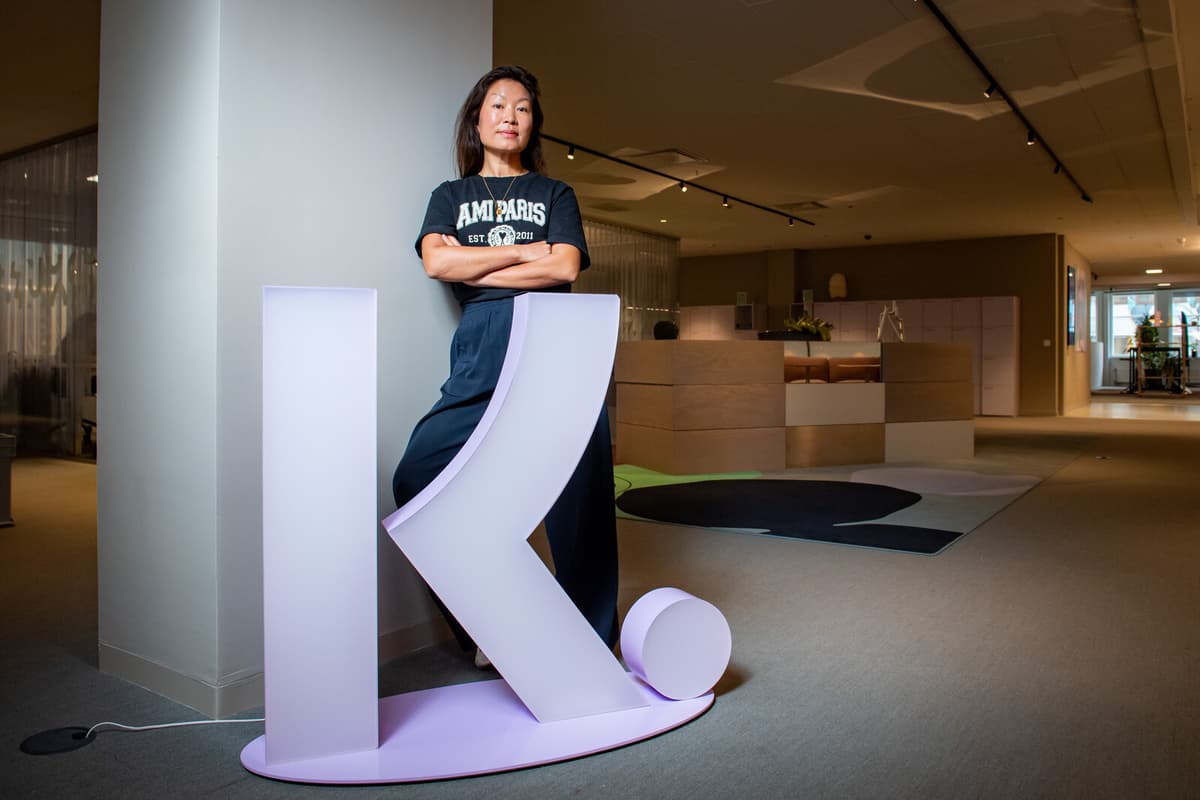The listing provides Klarna "an incredible platform if you want to accelerate growth further with the help of capital", according to David Sandström.
He also sees a share traded on the stock exchange as an important tool when the Swedish payment company is to attract new talents.
It is a receipt that what we have done in recent years is received very well globally, he says to TT.
"We have raised ourselves to a new level"
But Klarna's strategy does not change with the listing, according to Sandström. It's about making the payment company a larger part of the daily life of consumers in Europe and the USA - including by continuing to broaden the product range from online payments to new banking services.
That we can now actually compete with Paypal, Affirm and Revolut - which are considered some of the best in the world - has also made us raise to a new level. I am personally very grateful for that. It brings out the best in us, he says.
Klarna's product development - which today takes place in Stockholm, Berlin, Milan and Warsaw - is crucial to providing the company's customers with better tools for managing daily finances, according to Camilla Giesecke.
Our long-term focus remains, she confirms.
For Giesecke, efficiency is an important keyword. On that front, she can boast that Klarna's revenue per employee has tripled since 2023, to 1 million dollars during the second quarter this year.
AI and efficiency
Growth explains some of this. But efficiency with artificial intelligence (AI) has also contributed.
It makes it possible for all of us to do much more and do everything much faster. It has also led to us not needing to replace recruit as much, says Giesecke.
The workforce has, as a result of this, been able to be reduced by almost 30 percent in two years, to today's approximately 3,100 employees.
With the selective recruitment we do now, we do not see that we are growing more. But we are always flexible. If we in the future need to grow, we will be open to that then.





